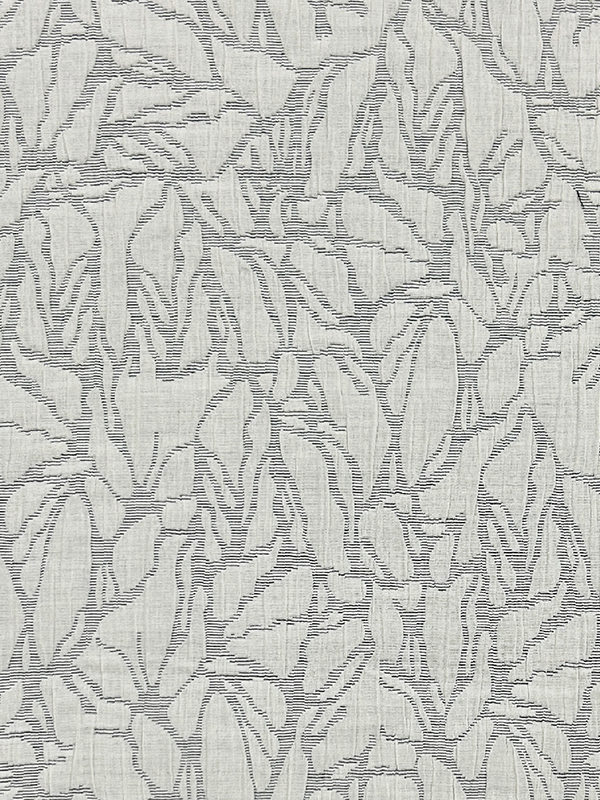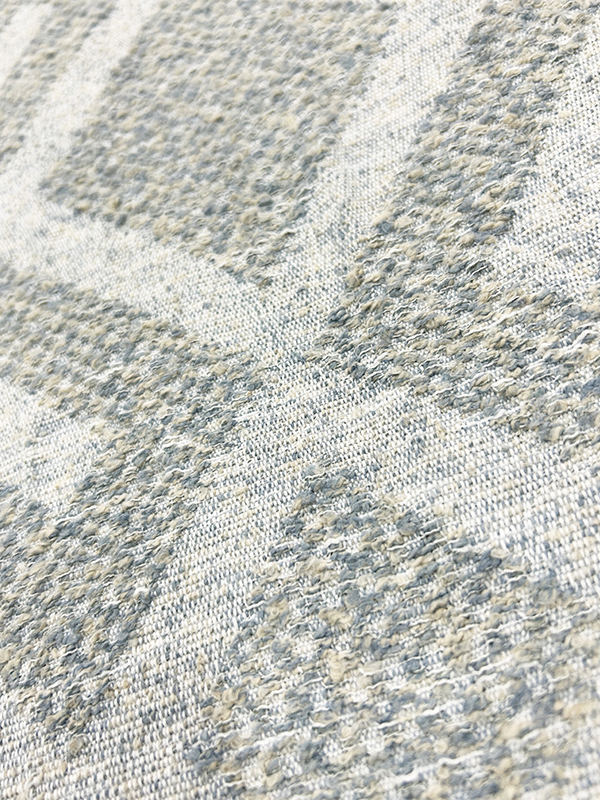In the world of textiles, cotton and polyester are two of the most widely used fibers, each known for its unique properties. When combined, they create a fabric that combines the best features of both fibers, offering a versatile and durable material suitable for a wide range of applications. From clothing to home furnishings, the blend of cotton and polyester has become a popular choice for manufacturers and consumers alike.
Cotton and polyester fabric is a textile material made by combining cotton fibers, which are natural, with polyester fibers, which are synthetic. Cotton is known for its softness, breathability, and comfort, while polyester offers durability, resistance to wrinkles, and the ability to retain color. The combination of these two fibers results in a fabric that balances the best of both worlds—softness and breathability from cotton, and strength, resilience, and easy care from polyester.
The blending process typically involves spinning the cotton and polyester fibers together to form yarns, which are then woven or knitted into fabric. Depending on the desired qualities, the ratio of cotton to polyester can vary, with common blends being 65% cotton and 35% polyester or 50% cotton and 50% polyester.
Polyester is known for its durability and ability to withstand wear and tear. When blended with cotton, the resulting fabric gains added strength and resistance to abrasion, making it long-lasting and less prone to damage. This durability makes cotton and polyester fabric ideal for high-traffic areas, such as activewear, bedding, and upholstery.
One of the standout features of polyester is its ability to resist wrinkles. When blended with cotton, this fabric becomes much less prone to creasing, allowing garments and home textiles to maintain a neat and polished appearance without frequent ironing. This makes it a popular choice for clothing, especially for people who prefer low-maintenance fabrics.

Cotton is naturally breathable and excellent at absorbing moisture, keeping the skin dry and comfortable. Polyester, while not as breathable as cotton, has moisture-wicking properties that help pull sweat away from the body. When combined, cotton and polyester fabric creates a breathable, moisture-wicking material that keeps the wearer comfortable throughout the day.
Cotton is renowned for its softness and comfort, which it retains even when blended with polyester. The combination of the two fibers creates a fabric that feels pleasant against the skin, making it ideal for clothing, bed linens, and other textiles that are in direct contact with the body.
Polyester has excellent color retention, meaning it holds dyes and prints for a longer time without fading. When blended with cotton, this fabric blend retains vibrant colors and prints, making it ideal for clothing and home textiles that need to maintain their visual appeal over time.
Polyester is an inexpensive material, and when blended with cotton, the overall cost of the fabric remains affordable while still providing many of the desired characteristics of natural cotton. This makes cotton and polyester fabric a budget-friendly option for both consumers and manufacturers.
One of the most common uses of cotton and polyester fabric is in clothing. The blend offers the softness and comfort of cotton, combined with the durability and wrinkle resistance of polyester. It is widely used in casual wear, such as t-shirts, blouses, dresses, and activewear. The fabric is also popular for uniforms and workwear, as it can withstand repeated washing and maintain its shape and color.
Cotton and polyester fabric is commonly used for bed sheets, pillowcases, and duvet covers due to its softness and easy care properties. The fabric is also popular in towels and other linens, as the blend provides a balance of comfort, durability, and moisture-wicking ability. Polyester’s resistance to shrinking and fading ensures that these items retain their shape and color over time.
The strength and durability of cotton and polyester fabric make it an ideal choice for upholstery fabrics. Furniture, such as sofas and chairs, made from this blend are more resistant to wear, stains, and fading compared to purely cotton materials. Additionally, the fabric's softness enhances the comfort of upholstered furniture, making it a popular choice for home decor.
Cotton and polyester fabric is frequently used in the production of sportswear and activewear, such as workout clothes, gym wear, and outdoor gear. The blend’s moisture-wicking properties help keep athletes dry and comfortable during physical activity, while its durability ensures that the garments can withstand intense use and frequent washing.
The combination of cotton and polyester also works well for tote bags, backpacks, and other accessories. The fabric offers the perfect balance of softness and strength, making it ideal for items that need to carry weight and withstand regular use. Additionally, the fabric’s ability to hold vibrant prints makes it a favorite for accessories with bold designs.
One of the main advantages of cotton and polyester fabric is its ease of care. The fabric is machine washable and can be tumble-dried, making it convenient for busy lifestyles. However, there are a few tips to keep in mind to prolong the life of the fabric:
Washing cotton and polyester fabric in cold water helps preserve its color and prevent shrinkage. Hot water can weaken the fabric over time and cause it to lose its shape.
While polyester is resistant to shrinking, overdrying the fabric can cause it to become stiff. To maintain softness, it's best to remove the fabric from the dryer while slightly damp and allow it to air dry.
Mild detergents are ideal for cotton and polyester blends. Harsh chemicals can damage the fabric's fibers and cause fading or wear over time.

 English
English 中文简体
中文简体 Español
Español عربى
عربى













